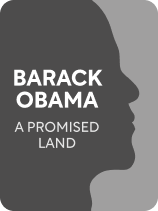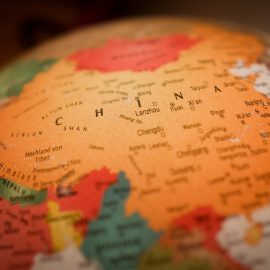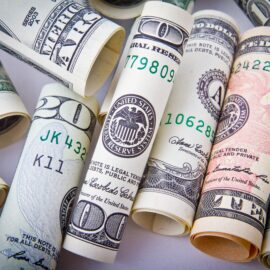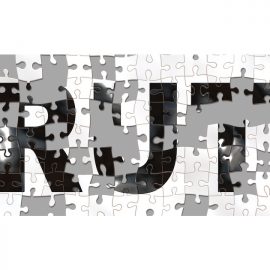

This article is an excerpt from the Shortform book guide to "A Promised Land" by Barack Obama. Shortform has the world's best summaries and analyses of books you should be reading.
Like this article? Sign up for a free trial here .
What was the 2009 auto bailout? Who benefited from it and why did it happen?
The 2008 financial crisis his the auto industry particularly hard. Chrysler and General Motors were struggling and needed assistance, which became known as the 2009 auto bailout.
Read more about the 2009 auto bailout and what the government did.
Obama and the 2009 Auto Bailout
While contending with the precarious state of the financial system, the Obama administration also had to confront another disaster-in-waiting right at the outset: the impending collapse of the once-mighty U.S. auto industry.
The 2008 financial crisis had laid bare long-festering problems with the Big Three automakers—Ford, General Motors, and Chrysler. For decades, the industry had been uncompetitive, producing poor-quality, inefficient cars (relative to their Japanese and European counterparts) that consumers were uninterested in buying. Moreover, the Big Three were on the hook for the rising health care and pension costs of their heavily unionized workforce.
By spring 2009, they were on the verge of collapse, with an urgent need for a top-to-bottom restructuring and overhaul of their core business model. While a rescue of the auto industry was unpopular, the administration felt that there was little alternative. If the Big Three collapsed, it would jeopardize millions of jobs (both at the companies themselves and within the network of suppliers and partmakers who served them) and destroy the communities where they were based.
Although Ford was in relatively decent shape, GM and Chrysler were in serious jeopardy, with their management largely delusional about the scale of the problem and the need for change. Although the two firms had received billions of dollars in TARP money (thanks to some creative interpretation of the law by the outgoing Bush administration), they were still in dire straits in early 2009.
The administration convened a White House Auto Task Force to manage the rescue of the industry. The task force’s findings showed that the industry would need more infusions of TARP money. But the bailout was to be conditional on structural changes at both companies. GM CEO Rick Wagoner and the entire board of directors were forced out, with the U.S. government taking a significant temporary ownership stake in the company. The administration also brokered a merger between Fiat and Chrysler, as part of a structured bankruptcy process.
These steps were altogether known as the 2009 auto bailout.

———End of Preview———
Like what you just read? Read the rest of the world's best book summary and analysis of Barack Obama's "A Promised Land" at Shortform .
Here's what you'll find in our full A Promised Land summary :
- How Barack Obama went from relative obscurity to the first Black president
- What principles guided his political leadership style
- Why Obama retained an unshakable faith in the potential and promise of America






